![]() Boulder Amplifiers has announced the immediate release and shipment of the 1110 Stereo Preamplifier.
Boulder Amplifiers has announced the immediate release and shipment of the 1110 Stereo Preamplifier.
The 1110 is the aesthetic and pairing mate to the 1160 Stereo Amplifier and the second product release in the new 1100 Series. The 1100 Series is Boulder’s mid-level product line and which manages to reduce size and cost vs. Boulder’s 2100 Series. The 1100 Series is a substantial advancement over the previous 1000 Series.
Increased use of surface-mount PCB technology, manufactured on Boulder’s own SMD manufacturing machines and ovens has also yielded improvements in noise radiation, propagation delay, parasitic capacitance and the elimination of lead inductance in selected circuits. Five sets of balanced, line-level inputs on XLR connectors are included, as well as a pair of fixed line-level auxiliary outputs. The 1110’s volume control is Boulder’s next generation CMOS actuated stepped volume control. This attenuator is adapted from the 3010 Preamplifier and is fully-balanced to reduce noise, increase resolution, and eliminate step noise. Various options for the volume control can be programmed, including step resolution, startup level, maximum output level, and volume scale.
Also new for the 1110 is the use of a 64-bit, multi-core ARM (Advanced RISC Machine) processor for all supervisory functions, including management of turn-on/turn-off, input selection and user interface, error notification, display driver, web page generation, and HTML- or IP-based external control. The ARM processor will also enable the use of Boulder Net, an IP-based unit-to-unit detection, system layout, control, and communication architecture available to external control systems such as Savant or Crestron and application-based control systems. For units that are network connected, an HTML setup and control page is available by simply entering the preamplifier’s IP address into a browser. If connected to a live Internet feed, the 1110 will also announce when software updates are available and automatically download and install the update when instructed. Gain stages within the 1110 are Boulder’s proprietary 983, which are unique to the 1100 Series. 983 gain stages feature surface-mount design with machined, board-mounted heatsinking and provide a total of 20 dB of gain with wide bandwidth. The 983 combines discrete and monolithic design with high-current drive for extremely long cable runs (up to 300 feet or 91m) or non-traditional load input impedances. The most obvious new development in the 1110 is the evolution of the 1000 level casework from angular corners to softer, rounded edges that include radii and curves.
The front panel has also been changed to reflect the geography near Boulder, Colorado and features a reproduction of the topographical map of Flagstaff Mountain. A full-colour LCD display is centred in the front panel and is controlled and driven by the unit’s ARM processor. This display shows all current function settings as well as offering a simplified platform for setup and option menus.
Full specifications for the 1110 are as follows:
Balanced Inputs 5 x 3-pin XLR
Balanced Outputs 2 x 3-pin XLR
AUX Balanced Outputs 1 x 3-pin XLR
Maximum Input Level 7 Vrms
Maximum Output Level 28 Vrms THD+N, 2V
Output, from 20 Hz to 5 kHz 0.0008% (-102 dB) At 20 kHz 0.001% (-100 dB)
Maximum Voltage Gain 20 dB
Volume Range 100 dB
Volume Steps; 0.5 dB, 1.0 dB ±0.01 dB
Auxiliary Path Gain -1 dB
Frequency Response, 20 Hz to 5 kHz +0.00, -0.03 dB
Frequency response, -3 dB 0.02 Hz & 300 kHz
Input Impedance 333kΩ
Balanced Output Impedance 100Ω
Balanced Power Requirements 90-120V / 200-240V, 50-60 Hz
Power Consumption 75W Max
The suggested US retail price for the 1110 Stereo Preamplifier is $21,000. Export retail pricing will vary by country.















































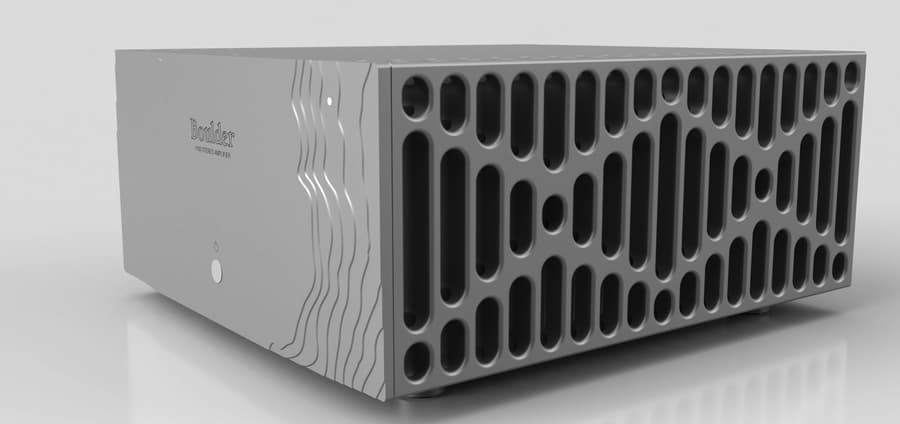
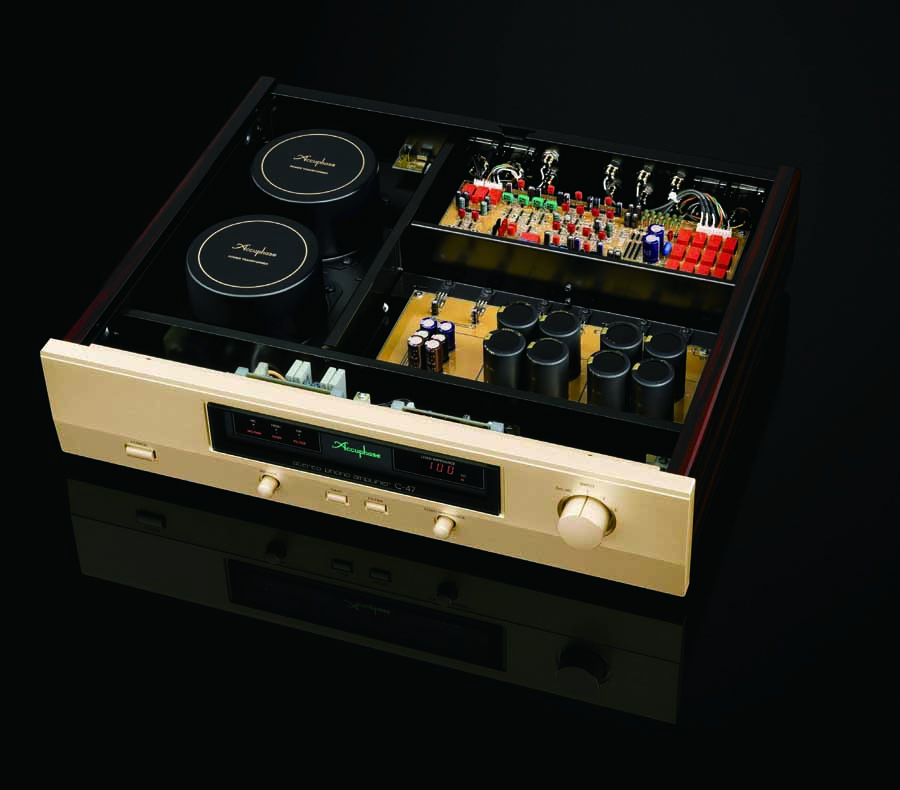



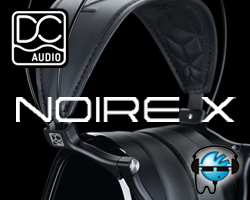

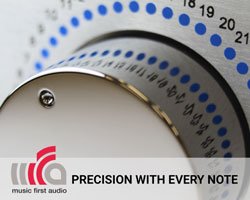





























































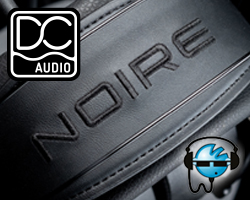


























































You must be logged in to leave a reply.